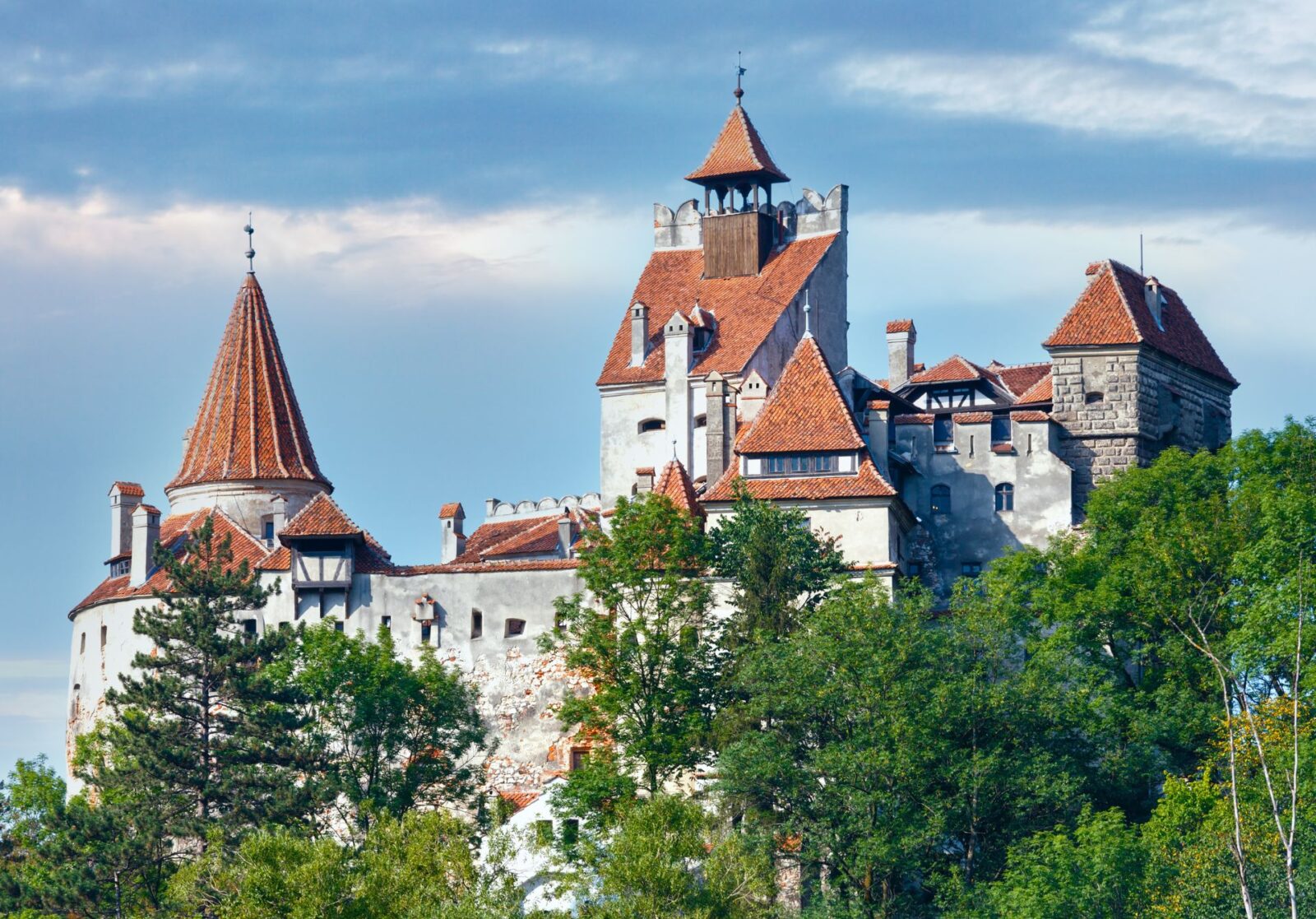Nestled in the misty Carpathian Mountains of Transylvania, Bran Castle stands as a testament to Romania’s rich history and enduring legends. This iconic fortress, often associated with the tale of Dracula, beckons travelers from around the globe with its blend of medieval charm and mythical allure. Let’s embark on a journey to uncover the secrets of this captivating landmark and discover why it should be at the top of your Romanian travel itinerary.
A Glimpse into Bran Castle’s Storied Past
Bran Castle’s history is as intricate as its architecture. Built in the 14th century, this formidable fortress has witnessed centuries of political intrigue, military campaigns, and cultural transformations. Here are some key historical highlights:
- 1377: The castle was constructed as a defensive stronghold against Ottoman invasion.
- 15th century: It became a key strategic point for Vlad the Impaler’s military campaigns.
- 1920: The castle was gifted to Queen Marie of Romania, who transformed it into a royal summer residence.
- 1948: The communist regime seized the castle from the royal family.
- 2009: The castle was fully restored and opened to the public as a museum.
Today, Bran Castle stands as a living museum, offering visitors a unique glimpse into Romania’s feudal past and royal heritage.
The Dracula Connection: Myth vs. Reality
While Bran Castle is often marketed as “Dracula’s Castle,” the truth is more nuanced than the tourist brochures might suggest. Bram Stoker, the author of the famous novel “Dracula,” never actually visited Romania. However, his description of the vampire count’s castle bears a striking resemblance to Bran Castle. This connection, combined with the historical association of Vlad the Impaler (the inspiration for Dracula) with the region, has cemented Bran Castle’s place in vampire lore.
For the discerning traveler, it’s important to separate fact from fiction:
- Vlad the Impaler likely never owned or lived in Bran Castle.
- The castle’s connection to the Dracula legend is primarily a 20th-century marketing creation.
- Despite this, the castle does offer exhibitions related to the Dracula myth and vampire folklore.
Exploring Bran Castle: A Visitor’s Guide
As a concierge or tour guide, it’s essential to know what Bran Castle offers to visitors. Here’s what your clients can expect:
Architecture and Design
The castle’s imposing exterior gives way to a labyrinth of narrow staircases, hidden passages, and ornate rooms. Highlights include:
- The Queen Marie of Romania’s Art Nouveau-inspired boudoir.
- The Knights’ Hall, showcasing medieval armor and weapons.
- The circular stairway, a secret passage linking the first and third floors.
Museum Exhibitions
Bran Castle houses several permanent and temporary exhibitions that cater to various interests:
- Royal Family Collection: Featuring personal items and photographs of the Romanian royal family.
- Medieval Torture Instruments: A somewhat macabre but fascinating display.
- Transylvanian Village Life: Showcasing traditional crafts and customs.
- Vampire Mythology: Exploring the origins and evolution of vampire legends.
Surrounding Area
The castle’s picturesque setting is worth exploring:
- The castle park, featuring Queen Marie’s Tea House.
- The nearby village of Bran, known for its traditional handicrafts and local cuisine.
- Hiking trails in the surrounding Bucegi Mountains.
The Enduring Appeal of Bran Castle
Bran Castle is more than just a tourist attraction; it’s a portal to Romania’s rich past and a testament to the power of storytelling. Whether you are history buffs, architecture enthusiasts, or simply in search of a brush with the supernatural, Bran Castle offers something for everyone. Its blend of authentic medieval history and vampire-inspired lore creates a unique atmosphere that continues to captivate visitors from around the world.
 Concierge service Carpathians
Concierge service Carpathians